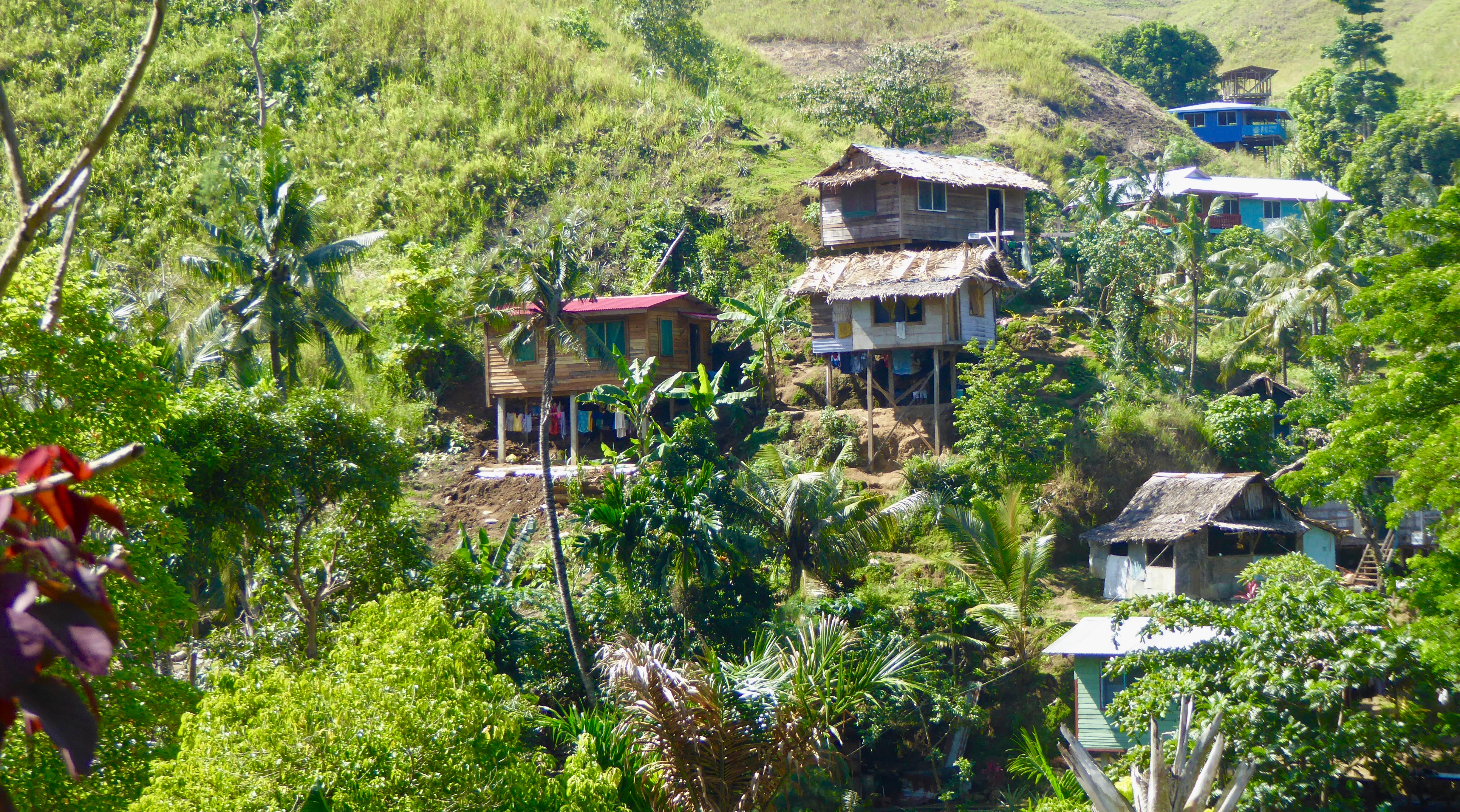RMIT staff awarded at Accessibility in Action Awards 2025
Staff were recognised by the Australian Disability Clearinghouse on Education and Training (ADCET) for inclusive methodologies that have enhanced accessibility across teaching and learning environments.
Generous Scholarship Donors Celebrated
RMIT scholars and leaders recently connected with the University’s cherished scholarship donor community, to celebrate their generous and life-changing support at the annual RMIT Scholarship Dinner.
RMIT wins workplace culture award for inclusion and accessibility innovation
RMIT University’s Inclusion, Diversity, Equity, and Access (IDEA) team has been awarded the 2025 AHEIA Award for Workplace Culture Excellence, recognising their leadership in fostering a more inclusive and accessible workplace culture across the university.
Melbourne cycling infrastructure plan risks getting stuck in low gear if feeder networks not considered: new research
A new study highlights how far Melbourne still has to go in becoming a cycling city, warning the state government’s plan for strategic cycling corridors must be complemented by local government efforts to make local streets safer for cyclists.











